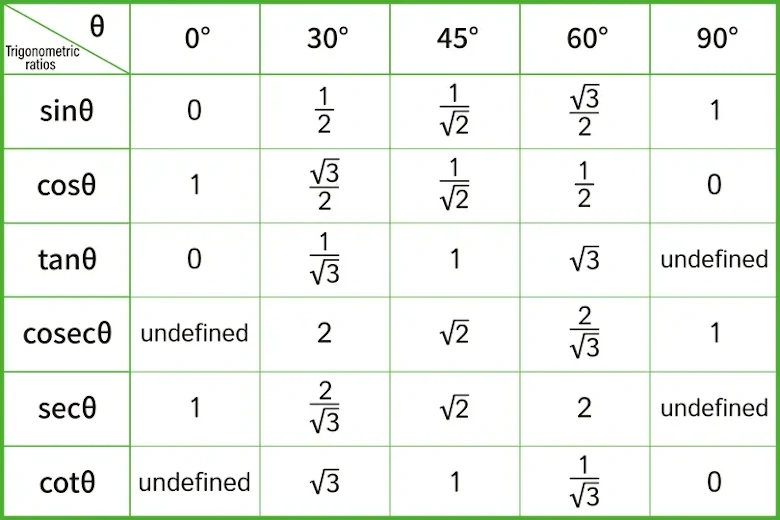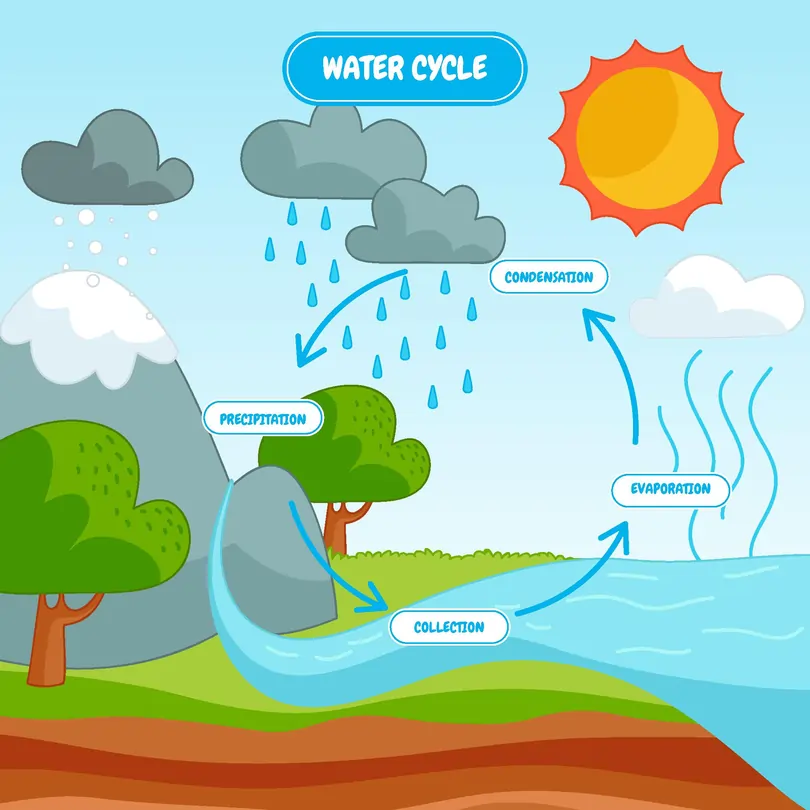Language for Impact Question: A three-step guide

Whether you’re a newly-minted secondary student, or one who's taking O-levels in the near future, there are two types of comprehension passages in secondary school English you need to know: Narrative and Non-Narrative Comprehension.
A narrative passage is a story that’s often fictional and descriptive, while a non-narrative passage is usually a non-fictional text that provides an overview of factual events.
In this article, we’ll be taking a closer look at Narrative Comprehension, in particular, a specific question type known as the Language Use for Impact Question.
A three-step approach
When it comes to tackling the Language Use for Impact Question, there are three simple steps to follow:
- Analyse various literary devices
- Explain why the writer chose to use a literary device
- Identify what the writer is emphasising with the literary device
#1 Analyse various literary devices
When it comes to analysing the text for literary devices, here's an effective trick that’s often overlooked by students - highlighting the literary device.
eg. The lion's teeth were knives.
Simply by highlighting, you quickly identify what type of literary device is being used. In this example, the writer has chosen a ‘were knives’ metaphor.
[Identifying metaphors and similes]
Metaphors and similes are so similar that it’s easy to mistake one for the other.
Similes compare two objects by saying they’re like each other. This is often expressed with the phrase ‘as X as X’, or the word ‘like’.
Eg. Jacob was as busy as a bee.
Eg. Susan sleeps like a pig.
Metaphors draw a comparison between the two objects to emphasise a common trait.
Eg. In his twenties, Jacob was a busy bee.
Eg. At home, Susan is a pig.
#2 Explain why the writer chose to use a literary device
To understand why a writer chose a particular literary device, ask yourself this: What quality of the second object does the first possess?
Eg. Knives are sharp and can be used to cut things.
In this instance, both knives and teeth are sharp tools used for cutting things.
#3 What characteristic/trait of the first object is being emphasised
By comparing the lion's teeth to knives, the writer is trying to emphasise that the lion's teeth are extremely sharp.
Pro tip: Remember, simply stating that the lion has sharp teeth isn't enough. Note that the writer went out of the way to highlight the sharpness of the lion's teeth. Therefore, you need to include the intensifier such as very/extremely.
Now, let’s practice with an example
‘Jacob sat on the couch with his face buried in his hands. The house was quiet as his parents were out for the night. He was not in the mood to eat, sleep, or play his favourite mobile game. He just wanted to be alone. His grandmother had just passed away in a car accident, so how could his friends expect him to go for movie night? His eyes were a dam, ready to burst.’
Question #1
What do you think the writer is comparing a dam to? (line 6)
- By asking ‘What do you think’, we know that this is an Inferential question
- By using the word ‘comparing’ we know that the passage contains either a simile or a metaphor.
Answer: The writer is comparing Jacob's tear-filled eyes to a dam that’s about to burst. Here, the dam is clearly a metaphor that's not to be understood literally. Because unlike human eyes, dams are usually made out of concrete.
Question #2
What makes this comparison effective? (Language use for Impact question)
- Consider what the writer is trying to express through the comparison of Jacob's eyes with a metaphor of a dam that's about to burst.
- What are some qualities of a dam? eg. big, noisy, holds back water, which applies here?
Answer: This comparison is effective because Jacob's eyes are barely holding back the tears.
 SG
SG  VN
VN 













